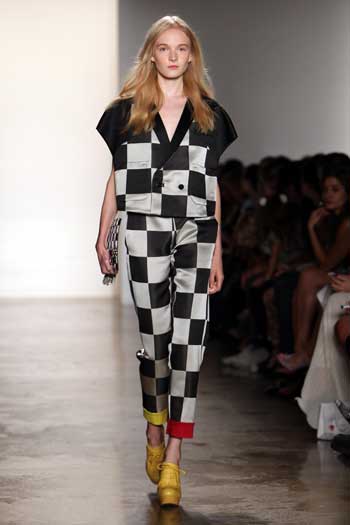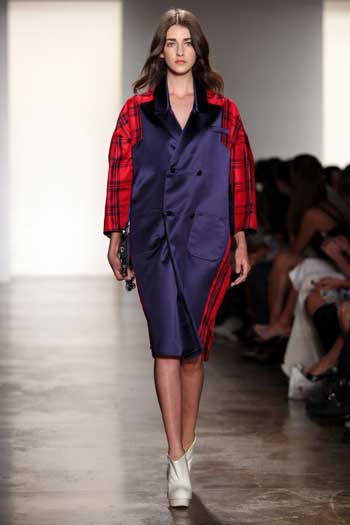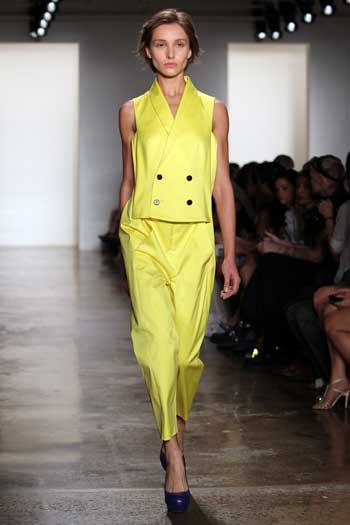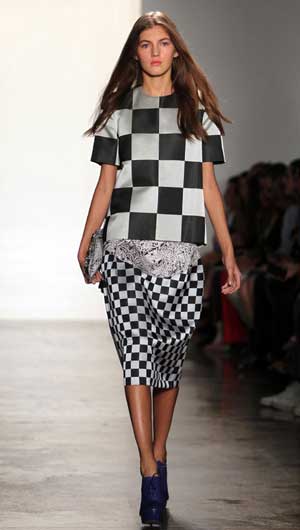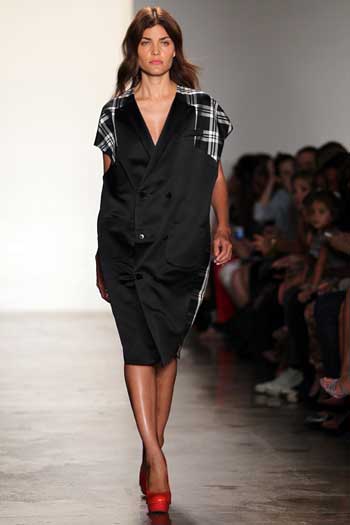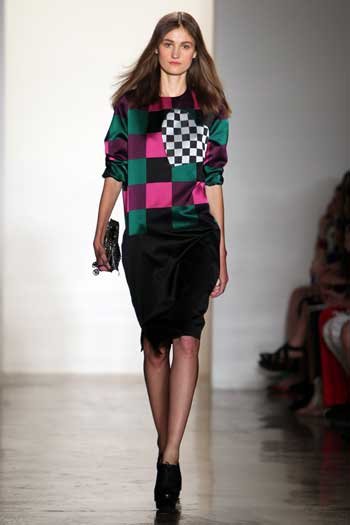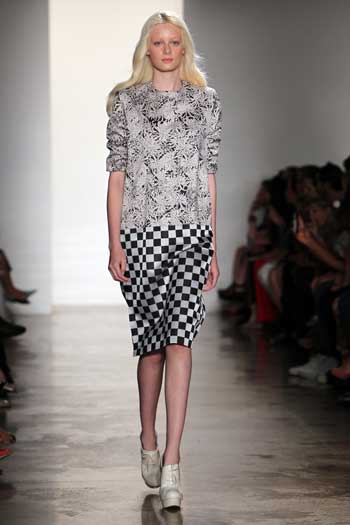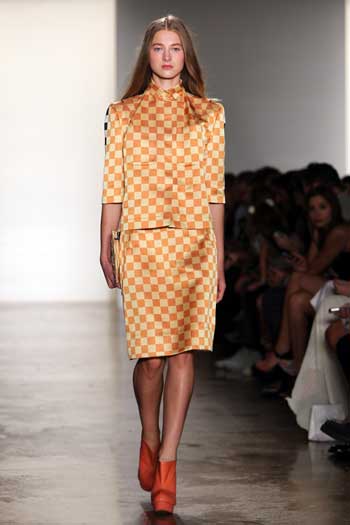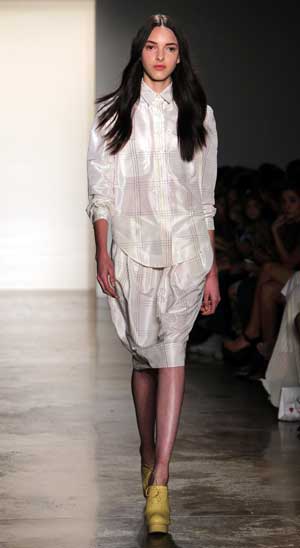Alexandre Herchcovitch Spring 2013 Show — Tumblin’ For ’80s Culture Club
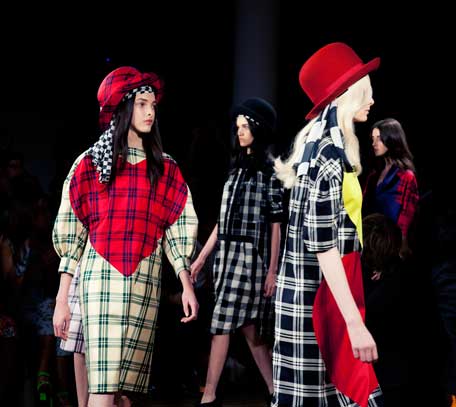
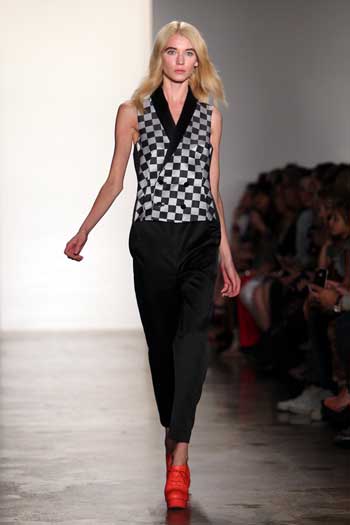
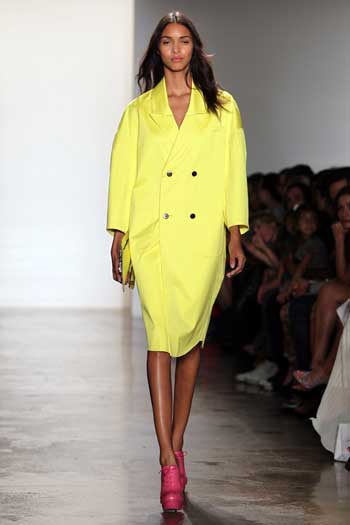
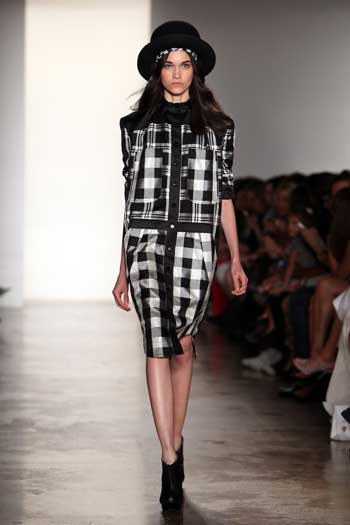
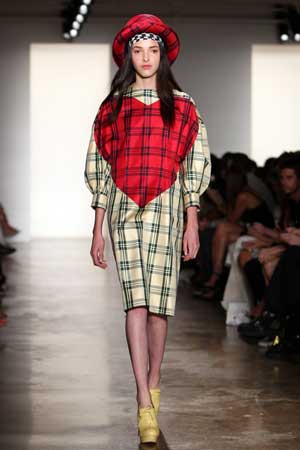
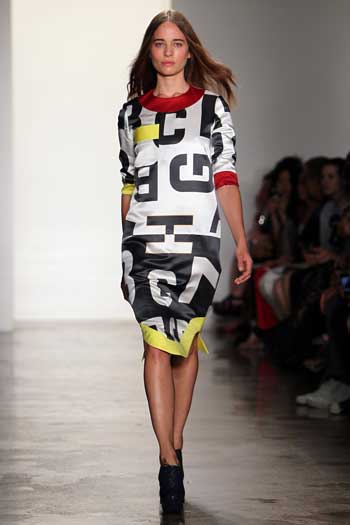
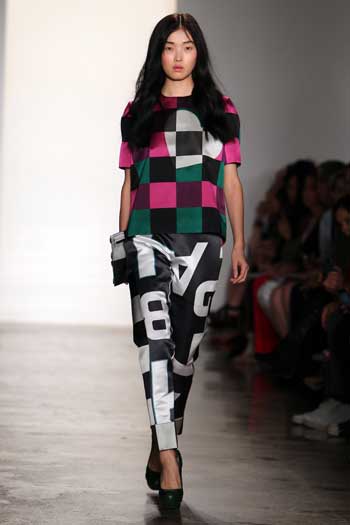
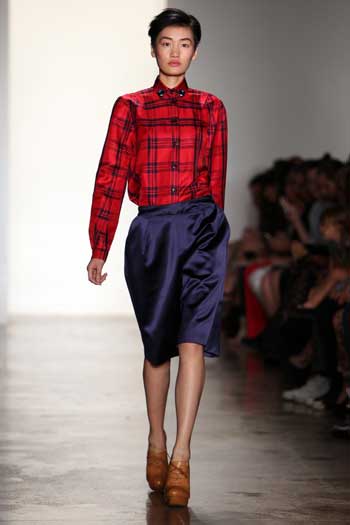
There’s little room for conventionalities in the work of Brazilian designer Alexandre Herchcovitch. In fact, it’s Herchcovitch’s fierce individuality, his eagerness to take risks and push the proverbial envelope (without, of course, relying on gimmicks and shock tactics), his ability to constantly surprise and excite, to elude tedium or predictability, that make him such a profoundly influential designer for fashion-obsessed misfits like myself, buck-the-system types for whom “pretty” isn’t enough, who insist on fashion being approached as an art form. Which isn’t to say that Herchcovitch is some tortured soul who obsesses mournfully over his work with Sylvia Plath-like intensity. If anything, his designs tend to feel effusive, light-hearted, whimsical, and a bit mischievous. Fashion, then, is Herchcovitch’s playground and, each season, he invites audiences to join in on his game of “tag,” to participate in the fun. In his Spring 2013 show, Herchcovitch accomplished this feat by unveiling a collection inspired by Boy George and the Culture Club, even setting the show to such classic ’80s pop tunes as “It’s A Miracle,” “I’ll Tumble 4 Ya,” “Miss Me Blind,” “Do You Really Want To Hurt Me?,” and, of course, “Karma Chameleon.”
In a true homage to Boy George, many of the models donned felt fedora or bowler hats — some of them with scarves tucked underneath as the singer so often wore his signature chapeaus. Checkerboard prints abounded — whether in stark black-and-white combinations, sunny yellow-and-orange pairings, or in shades of emerald, magenta, black, and white — but they were refined via the use of satin and even touches of leather. Tartan prints were similarly ubiquitous, recalling Boy George’s look in the “Tumble 4 Ya” video, with red-and-black versions appearing on such garments as a long-sleeved blouse with exaggerated black button closures (shown above) and adorning the sleeves and back of a cocoon-shaped, sapphire blue, double-breasted satin coat with a rounded top flap and large pouch pockets at the hips (shown below), black-and-white tartan patterns emerging on sporty, button-up, flannel-like jackets with strong shoulders and skirts with rows of buttons along the centers (as shown above), and light yellow and green versions of the pattern seen on such pieces as a long-sleeved shirt dress with ballooning cuffed sleeves and a red heart motif emblazoned across the chest (pictured above). And, to bring home the 1980s nostalgia, Herchcovitch employed an alphabet print with oversize letters, likely influences by the garments seen in Culture Club’s Monopoly-themed “It’s A Miracle” video, incorporating it into pencil pants and dresses.
Silhouettes were strong, albeit rarely body conscious, with many short-sleeves tops boasting a boxy feel and featuring strong lines along the shoulders, coats ballooning along the sides to create cocoon shapes, and long-sleeved dresses featuring puffed-out sleeves. The color scheme, meanwhile, was almost primarily black-and-white, with the occasional pop of red and yellow, with only a handful of garments incorporating magenta, green, pink, or blue hues. In addition to using the aforementioned shapes and patterns, Herchcovitch created unexpected optical illusions by mixing and matching these prints or using a single print, such as the white-and-black checkerboard, in varying sizes within one look. And, for an added bit of fun, he adorned many of his garments with oversize heart shapes, stitching a red-and-black tartan heart along the side and shoulder of an otherwise plain red dress with elbow-length sleeves, juxtaposing a black-and-white checkered heart over a green-pink-and-black blouse, and so forth — the perfect motifs for a cheeky band with album titles like Kissing to Be Clever.

